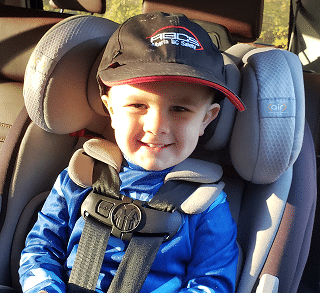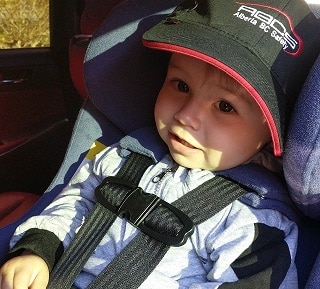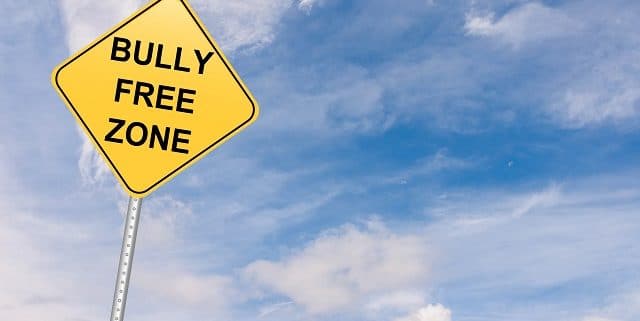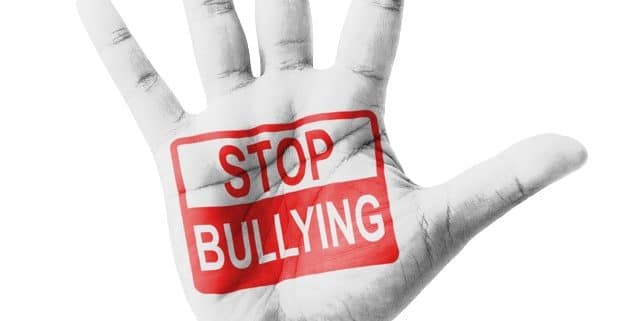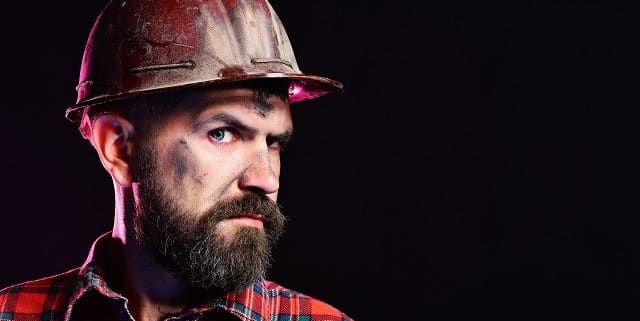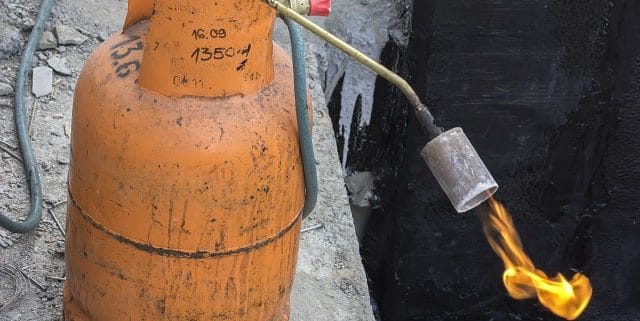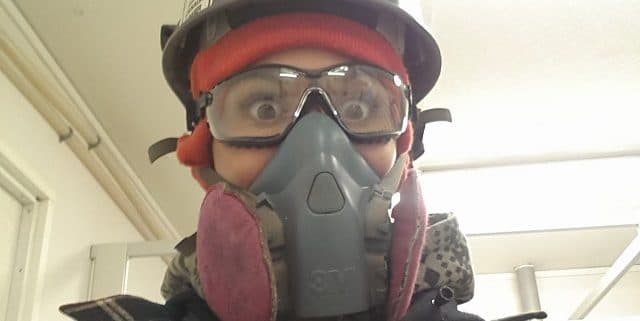Car Seat Safety – Part 2
There is a vast variety seats. It can be overwhelming. I’ll try and break it down. In order to leave the hospital with baby in hand, you will need an infant car seat. There are two types, a convertible or an infant. Infants car seats are great. There is a base that is first installed in your car and the bucket simply clicks in and out of the base. So if baby falls asleep, you just click them out and off you go with baby without waking them. The downfall of these is you will need another car seat when they get to 20-30 lbs (depending on the brand). Convertibles are great, they go from infant, usually all the way to booster. On the down side, they are not easy to switch from vehicle to vehicle and you are unstrapping and waking baby every time you leave the car. Once you pick a type, you need to insure it fits in your vehicle. Most car seats are a final sale so ask the clerk to check the floor model to your vehicle. This is one of the (if not the most) overwhelming parts of gearing up for a new baby. Do your research, talk to friends and ask retail workers a ton of questions. This is your child’s life, take your time, do your work.
So now you have your brand new car seat… You just have to install it. You open the instructions, read through it and none of it makes sense, you might as well be reading a different language. First try reading the car seat section in your car manual, that should give you some insight. Thankfully there are many groups out there that will help you. Every area is different. So go to transport Canada’s website and see what’s in your area. You can also try BCAA or checkout some Facebook groups, buckle up Wood Buffalo is a great one. Once you have your seat installed, you will still need to check it now and then. It should never move more than an inch side to side or front to back. Make sure you take the time to install your little one’s seat properly. If done incorrectly, not only can it be a fine if pulled over but it is not keeping your child safe. Come back tomorrow and we will address the most common mistakes.

